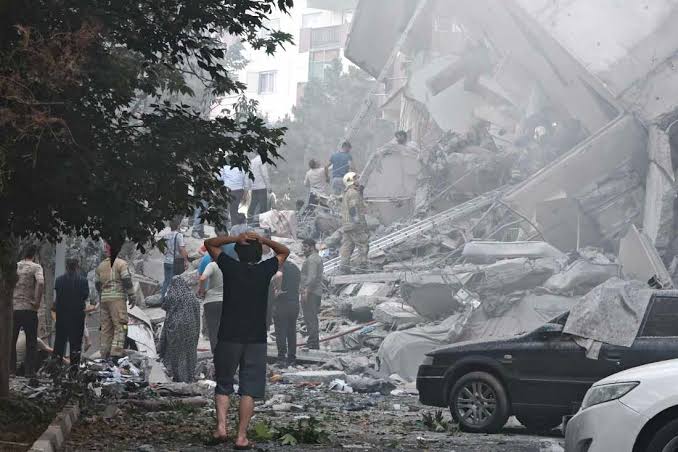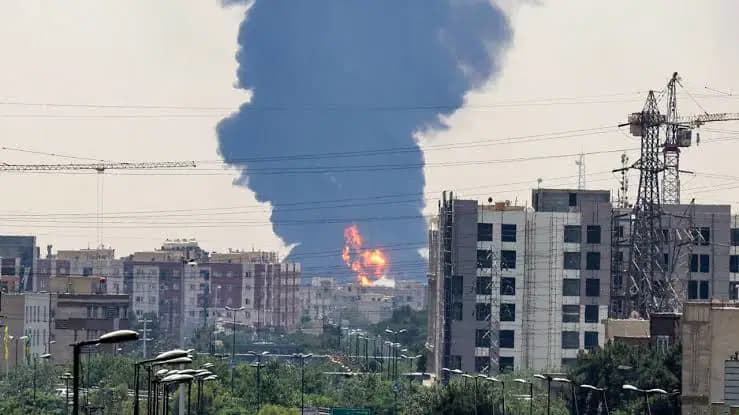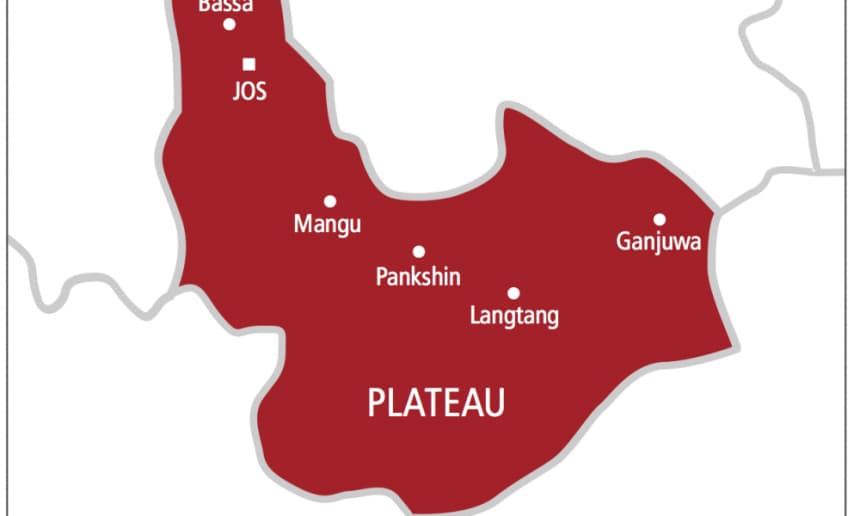On June 20, 2025, a 5.1-magnitude earthquake struck northern Iran near the city of Semnan, approximately 200 kilometers east of Tehran, at a depth of 10 kilometers. According to the United States Geological Survey (USGS), the quake occurred at 10:47 PM local time, with tremors felt in Tehran and surrounding provinces, including Garmsar and Damghan. Iran’s state-run Tasnim news agency reported a slightly higher magnitude of 5.2, but no immediate casualties or significant structural damage were noted by local authorities.
Iran is situated on the Alpine-Himalayan seismic belt, a region prone to frequent tectonic activity, experiencing approximately 2,100 earthquakes annually, most of which are minor. The Semnan region, located along the Alborz mountain range, has a history of seismic events, with notable quakes in 2005 and 2017 causing limited damage. The Iranian Seismological Center confirmed the epicenter was in a sparsely populated area, reducing the likelihood of widespread impact, though local officials are assessing rural infrastructure for potential minor damage.
The earthquake coincided with heightened geopolitical tensions due to Iran’s ongoing conflict with Israel, which has escalated in recent weeks. Israeli airstrikes have targeted Iranian military installations, including missile production facilities and suspected nuclear sites, following Iran’s ballistic missile attacks on Israel earlier in 2025. The timing of the quake sparked unverified speculation on social media platforms, including X, where some users suggested it could be linked to a covert nuclear test or military activity, though no credible evidence supports these claims.
Iran’s seismic activity is well-documented and primarily driven by the convergence of the Arabian and Eurasian tectonic plates, which generates frequent earthquakes across the country. The USGS notes that quakes of this magnitude typically cause light shaking and minimal damage, particularly at shallow depths like 10 kilometers. Emergency response teams in Semnan and Tehran were placed on alert, but no significant rescue operations were reported as of early June 21, 2025.
The conflict with Israel adds a layer of complexity to Iran’s response to natural disasters, as military resources are currently strained. Iran’s government has prioritized air defense enhancements in response to Israeli strikes, which could divert attention from disaster preparedness. However, Iran’s Red Crescent Society remains on standby to address any potential aftershocks, which are common following quakes of this magnitude.
Public reaction in Iran has been relatively subdued, with residents in Tehran reporting mild shaking that caused no major disruptions. Social media posts from the region described brief panic but no widespread alarm, as minor quakes are a familiar occurrence. The government has urged citizens to remain vigilant and follow safety protocols, such as securing heavy objects and identifying safe evacuation routes.
International monitoring agencies, including the Comprehensive Nuclear-Test-Ban Treaty Organization (CTBTO), have not detected seismic signatures consistent with nuclear activity in the region. Experts emphasize that Iran’s frequent earthquakes are a natural phenomenon, and linking them to military actions without evidence is misleading. The country’s nuclear facilities, such as those in Natanz and Fordow, are located far from the quake’s epicenter and are designed to withstand moderate seismic events.
The broader context of the Iran-Israel conflict continues to dominate regional headlines. Israel’s recent strikes have targeted Iran’s air defense systems and missile production capabilities, prompting Iran to vow retaliation. The earthquake, while unrelated, underscores the challenges Iran faces in managing domestic crises during a period of heightened external pressure.
Iran’s history of devastating earthquakes, such as the 2003 Bam quake that killed over 26,000 people, has led to improvements in building codes and disaster preparedness, though rural areas remain vulnerable. The government has invested in early warning systems, but their effectiveness is limited in remote regions like Semnan. Local authorities are conducting structural assessments to ensure no hidden damage compromises public safety.
As of June 21, 2025, no aftershocks have been reported, but seismologists warn that they could occur in the coming days. Residents have been advised to avoid damaged structures and stay informed through official channels. The earthquake serves as a reminder of Iran’s ongoing vulnerability to natural disasters, even as it navigates complex geopolitical challenges.




